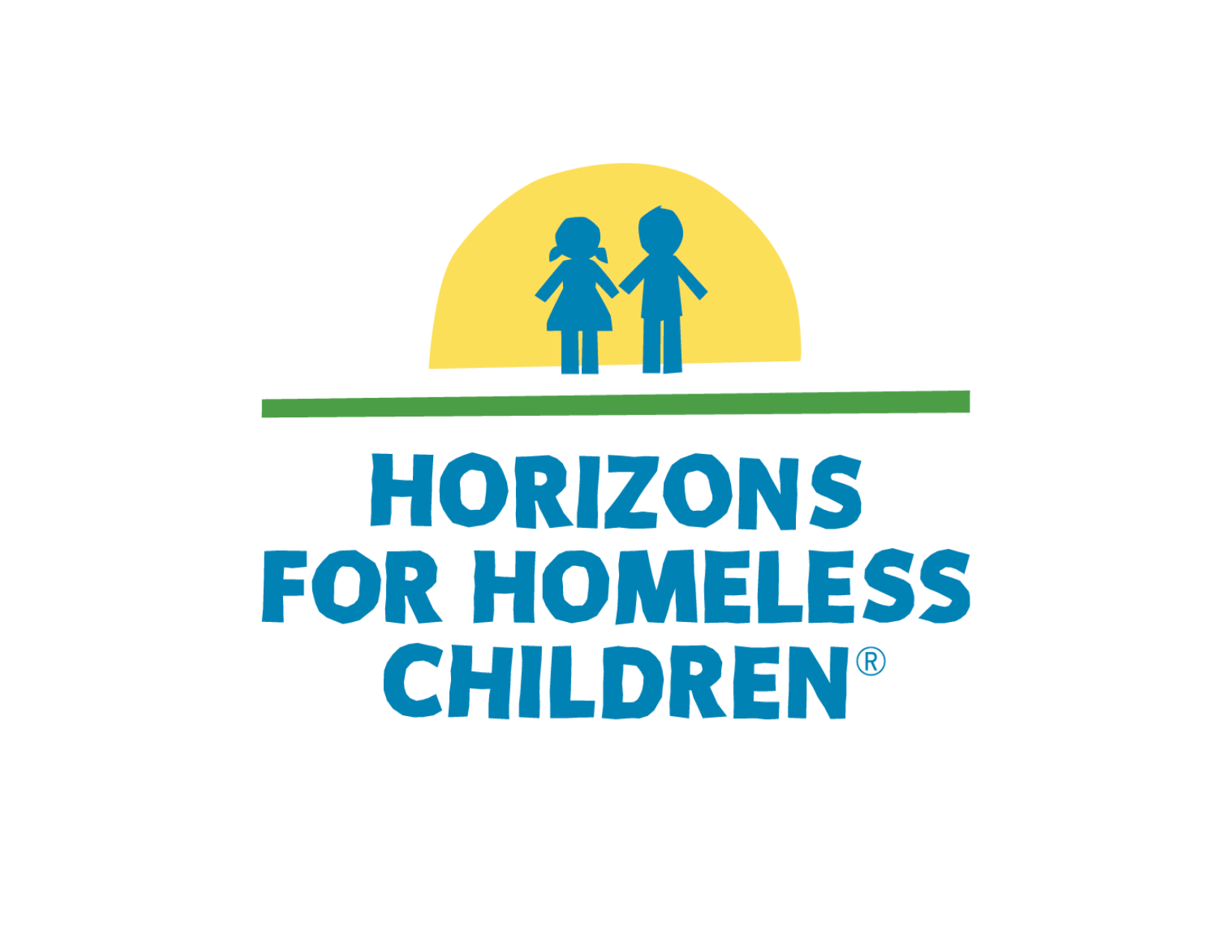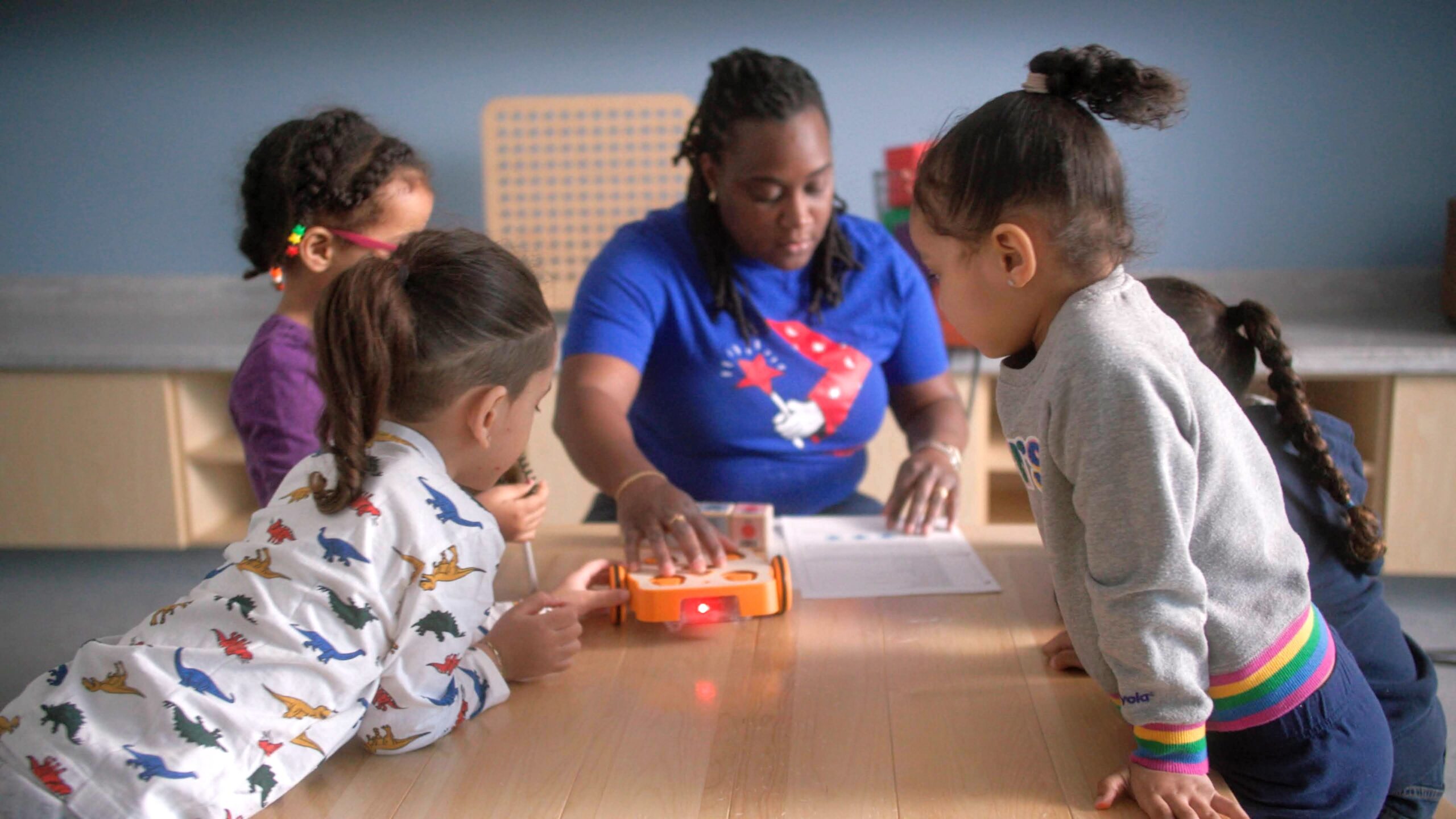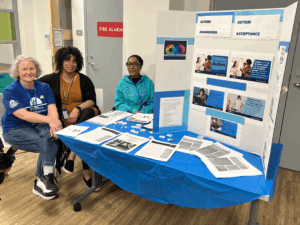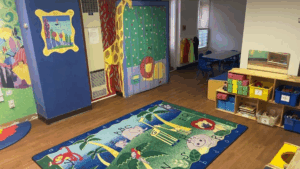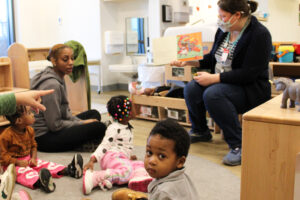Bati, Kodaj, Kreye ak Eksplore ak KIBO
Depi ouvèti Sant Edgerley Family Horizons, ki gen ladann yon laboratwa STEM devwe, Horizons te kontinye transfòme kourikoulòm STEM li a . Kate Barrand, Direktè Jeneral Horizons for Homeless Children di konsa, “Chanje trajèktwa lavi timoun yo kòmanse ak konstwi rèv ak ouvri lespri timoun yo pou opòtinite yo pa wè nan anviwonman imedya yo. "Timoun k ap viv nan povrete ka reve sou yon karyè kòm yon astwonòt, yon pwogramè òdinatè, yon syantis oswa yon envanteur lè yo fè eksperyans kourikoulòm STEM angaje nan lekòl la."
Jenn timoun k ap viv nan povrete oswa k ap fè eksperyans sanzabri ka benefisye de entwodiksyon bonè nan leson oswa ekipman syans ak teknoloji. Pou rann kalite aprantisaj sa a aksesib, Horizons te pwofite ekspètiz òganizasyon siperyè ki mennen nan kreye pwogram STEM pou edikasyon bonè. Youn nan patenarya sa yo se ak DevTech Research Group nan Boston College ki te mennen e kounye a etidye enpak robo KIBO a ak elèv ak pwofesè Horizons yo. KIBO se yon robo pratik ki entwodui jèn timoun yo nan kodaj ak robotik - tout nan yon fason amizan san ekran ak kreyatif. Li te kreye pa Prof. Marina Bers, direktè gwoup rechèch DevTech la epi li se komèsyalize pa KinderLab Robotics, yon konpayi ki baze nan Massachusetts ki dedye a amelyore edikasyon STEM pou jèn timoun. Bers te ko-fonde KinderLab ak finansman nan National Science Foundation, pou fè KIBO disponib atravè lemond. KIBO baze sou plis pase 20 ane rechèch DevTech Group, ki te premye nan Tufts University e ki te fèk deplase nan Boston College.
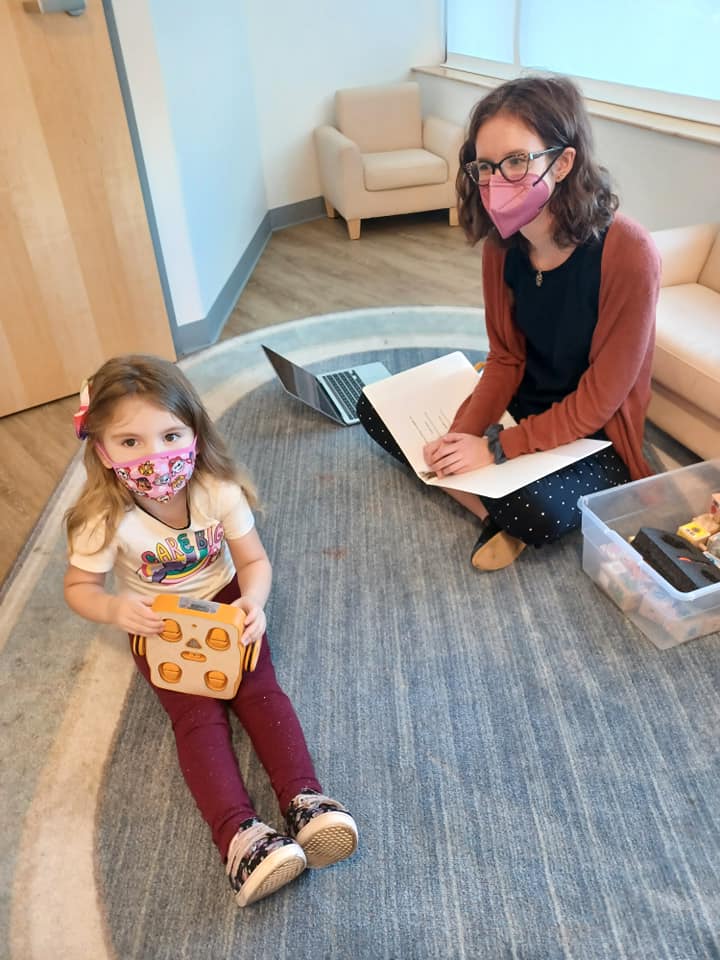
Fè rechèch sou enpak KIBO nan Horizons
Nan kòmansman ane 2021, Horizons te fè patenarya ak DevTech Research Group nan Boston College pou prezante yon nouvo kourikoulòm robotik ak kodaj ki apwopriye pou devlopman nan pwogram STEM ki deja egziste nan Horizons.
Doktè Marina Umaschi Bers ak Gwoup Rechèch DevTech te devlope kad kodaj kòm yon lòt lang (CAL) pou prezante syans enfòmatik nan yon anviwònman edikasyon bonè. Kad sa a sèvi ak kodaj kòm yon lòt lang ak fòm alfabetizasyon kote timoun yo ka konekte ak lòt moun, eksprime tèt yo, epi konsidere mond lan ak wòl yo nan li nan yon nouvo fason.
Pandan ane a, etidyan gradye Tess Levinson te fè rechèch sou pwogrè elèv yo ak pwofesè yo pandan y ap travay nan kourikoulòm lan.
Pwogrè Elèv ak Pwofesè yo fè
Objektif rechèch yo te konsantre tou de sou pwogrè elèv ak pwofesè.
Pwogram nan te kòmanse ak devlopman pwofesyonèl pou pwofesè Horizons yo pou yo ka pi byen konprann KIBO, kisa li te vize anseye, ak ki jan li ta ka enkli nan aprantisaj elèv yo. Yo te fè sondaj sou pwofesè yo nan kòmansman ak nan fen sesyon fòmasyon yo. Rezilta yo te montre yon ogmantasyon 47% nan konpreyansyon yo te rapòte nan kourikoulòm lan ak konfyans nan fasilite aplikasyon li nan salklas la. Kourikoulòm lan te pote kodaj ak robotik bay elèv yo lè l sèvi avèk rakonte istwa, alfabetizasyon, ak mizik - bagay elèv Horizons nan klas matènèl ak UPK yo abitye deja.
Elèv ki te rete enskri pandan tout peryòd la te teste nan kòmansman an epi answit nan fen kourikoulòm lan ak rezilta yo te montre ke , pou anpil elèv, konesans yo nan kodaj ogmante. Dapre rapò rechèch la , apre yo fin patisipe nan kourikoulòm lan, 17 nan 35 elèv yo te rete nan etap Pre-Kodaj, men 18 elèv yo te amelyore youn oswa de etap, ak nèf elèv k ap deplase nan etap Ijans ak nèf elèv k ap deplase nan etap nan Kodaj ak Dekodaj.
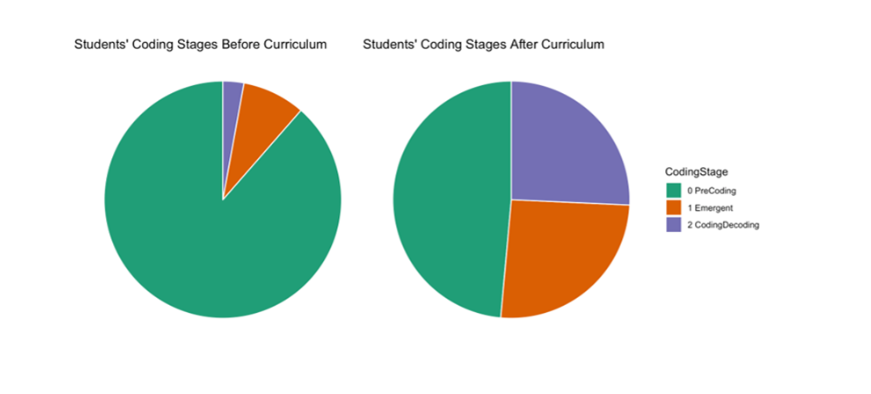
Rezilta pwofesè yo tou demontre kwasans tou. Rezilta yo montre fòmasyon inisyal la pèmèt pwofesè yo devlope konfyans ak efikasite pwòp tèt yo ak kourikoulòm syans enfòmatik ak robotik yo . Nan yon sondaj , pwofesè nou te mande pou evalye kapasite yo pou yo fè sa ki annapre yo sou yon echèl ki soti nan zewo rive nan senk : anseye KIBO, eksplike konsèp pwogramasyon debaz yo, ede elèv yo debogaj pwogram yo, epi entegre kodaj nan kourikoulòm ki egziste deja. Tablo ki anba a montre nivo konpreyansyon pwofesè a anvan ak apre devlopman pwofesyonèl.

Aprantisaj aplike pi lwen laboratwa STEM
An jeneral, pwofesè yo te jwenn ke elèv yo te absòbe leson aprann atravè kourikoulòm KIBO a tou de dirèkteman ak endirèkteman. Pwofesè yo rapòte ke elèv yo te kòmanse gen rapò sekans yo te aprann nan kourikoulòm KIBO a ak woutin maten yo. Menm jan yo ta enstwi robo KIBO a pou avanse pou pi devan epi vire, yo ta rive lekòl, lave men yo epi chita pou manje maten. KIBO te ede yo òganize panse yo epi gen rapò ak lòd yo te fè travay yo.
Anpil pwofesè rapòte eksitasyon yo sou kolaborasyon elèv yo. Yo te jwenn ak robo KIBO, plis elèv yo te gen chans pou yo travay ansanm ak travay avèk pasyans. Yon pwofesè te mansyone, “Timoun ki tipikman pa ta travay ak kamarad epi ki ta pito travay poukont yo, chanje pandan y ap jwe ak KIBO. Yo te kòmanse eksprime fason yo te vle travay ansanm, epi yo te kòmanse rezoud pwoblèm ansanm.”
Elèv yo ak pwofesè yo te renmen pataje KIBO ak fanmi yo tou. Pwofesè yo òganize plizyè evènman tematik STEM pandan tout ane a kote yo envite fanmi yo nan salklas la. Pi miyò, se te jis STEM nan ki KIBO te lou prezante. Pwofesè yo te mete atizay ak teknoloji ansanm, fè timoun ak fanmi yo kreye figi pou mete KIBO a epi fè yo danse alantou!
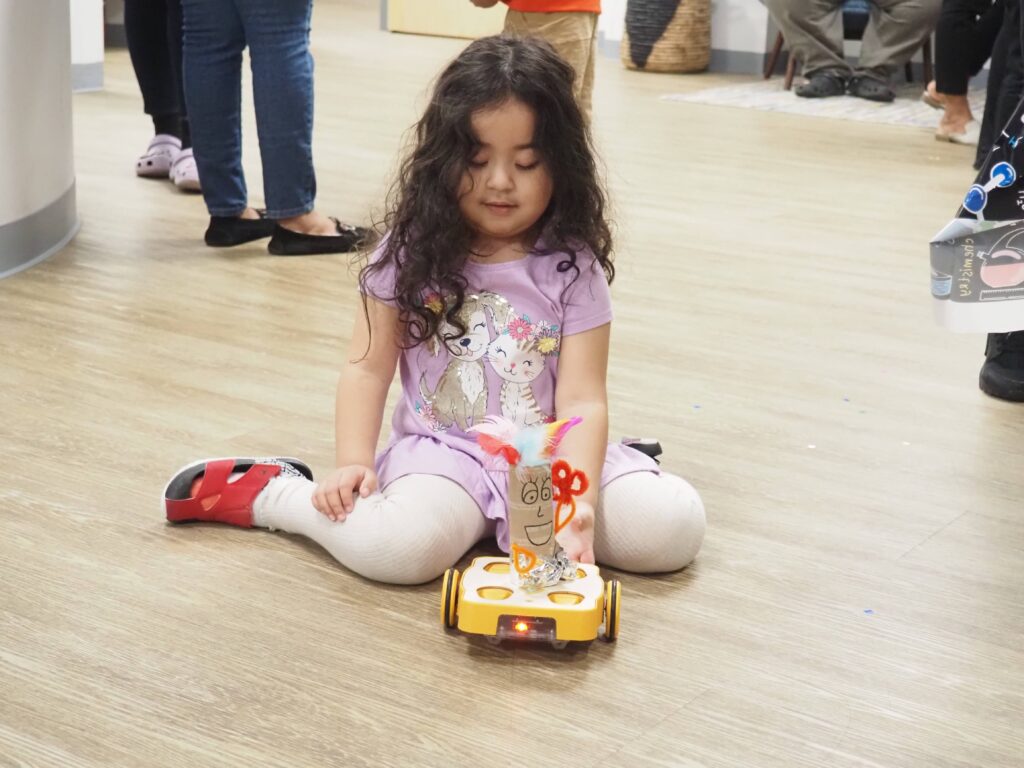
KIBO ap kontinye fè pati entegral pwogramasyon STEAM
Pwofesè yo okòmansman te santi ke kodaj se te yon pwojè avanse pou elèv preskolè, sitou paske se te yon sijè anpil pwofesè pa t konprann tèt yo nèt. Men, apre premye sesyon devlopman pwofesyonèl yo, konfyans yo ak konpreyansyon yo te grandi. Kounye a, kodaj se yon pati regilye nan kourikoulòm lan.
Devlopman pwofesyonèl kontinye pou pwofesè yo, plizyè nan yo te patisipe nan yon atelye resan ak Doktè Marina Umaschi Bers nan Boston College kote yo te kontinye aprann sou kourikoulòm KIBO a ak fason li ka pwolonje nan salklas la. Anplis de sa, tout materyèl kourikoulòm yo, enstriman evalyasyon yo ak devlopman pwofesyonèl pou pwofesè yo ap tradui an panyòl epi otòn sa a pral lanse yon eksperyans robotik ki pale panyòl.
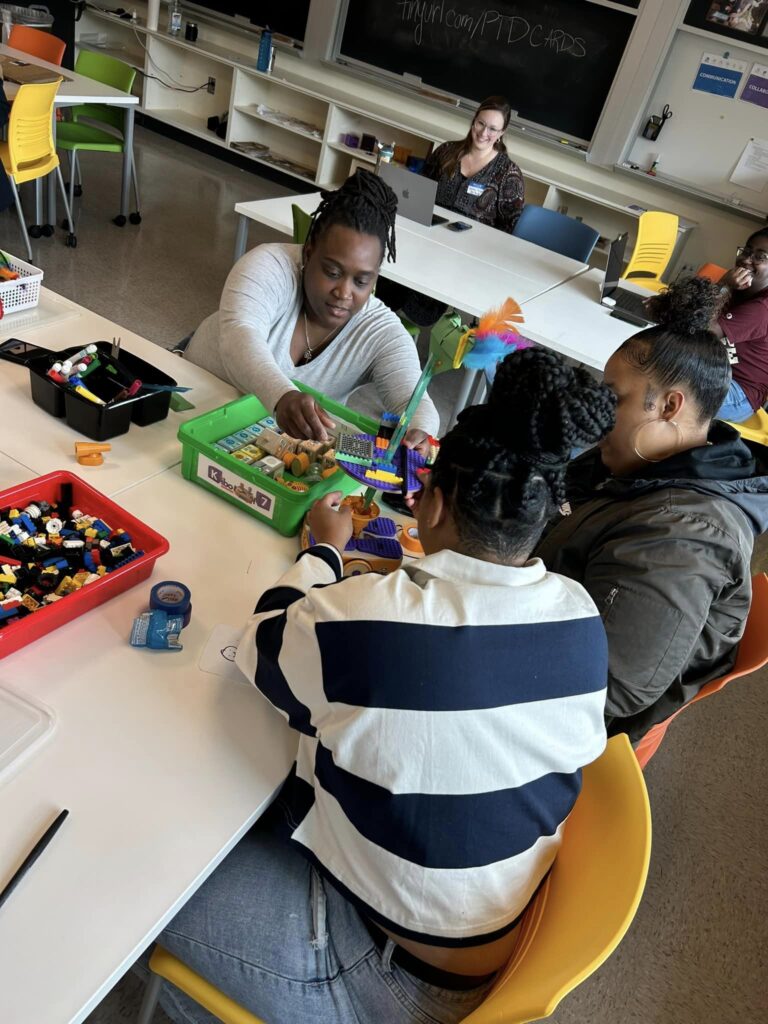
Gen opòtinite pou plis kwasans KIBO nan tan kap vini an. Aprantisaj lang yo enpòtan anpil nan salklas Horizons yo paske 43% fanmi rapòte panyòl se premye lang yo. Rapò a te konkli ke kèk nan pwofesè salklas yo te kapab adapte kourikoulòm lan ak tradwi pou elèv ki pale Panyòl men, yon kourikoulòm ofisyèlman devlope an panyòl ak lòt lang te kapab bay plis anrichisman nan pwogram nan.
“Nou kòmanse wè pwomès KIBO ap reyalize nan Horizons. Timoun yo ap vin panse kritik ki ka tire pwòp konklizyon yo, ale nan etap yo nan pwosesis konsepsyon jeni, epi aprann kominike ak kolabore, ki mennen nan pi gwo siksè ak estim pwòp tèt yo. Pwosesis sa a patikilyèman enpòtan pou popilasyon timoun n ap sèvi yo,” te di Amanda Martinez, Manadjè Edikasyon nan Horizons.
Li rapò rechèch konplè a, isit la. Telechaje yon kopi atik sa a, isit la.
